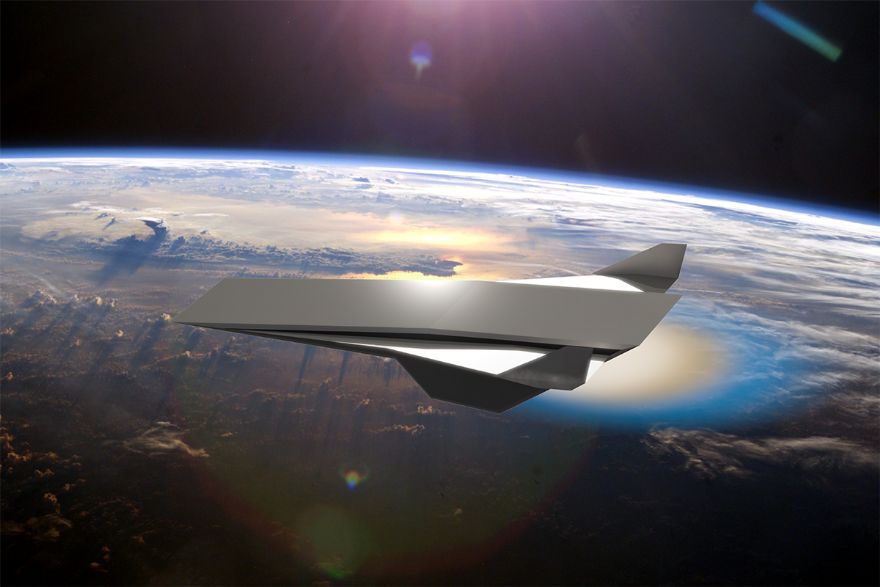
Researchers at the
University of Central Florida are building on their technology that could pave the way for hypersonic flight, such as travel from New York to Los Angeles in under 30min.
In their latest research, published in the journal Proceedings of the National Academy of Sciences, the researchers discovered “a way to stabilise the detonation needed for hypersonic propulsion by creating a special hypersonic reaction chamber for jet engines”.
Kareem Ahmed, the study’s co-author and an associate professor in UCF’s Department of Mechanical and Aerospace Engineering, said: “There is an intensifying international effort to develop robust propulsion systems for hypersonic and supersonic flight that would allow flight through our atmosphere at very high speeds and also allow efficient entry and exit from planetary atmospheres.
“The discovery of stabilising a detonation — the most powerful form of intense reaction and energy release — has the potential to revolutionise hypersonic propulsion and energy systems.”
The system could allow for air travel at speeds of Mach 6 to Mach 17, which is some 4,600 to 13,000mph. The technology harnesses the power of ‘an oblique detonation wave’, which the researchers formed by using an ‘angled ramp’ inside the reaction chamber to create a detonation-inducing shock wave for propulsion.
The technology improves jet propulsion engine efficiency so that more power is generated while using less fuel than traditional propulsion engines, thus lightening the fuel load and reducing costs and emissions.
In addition to faster air travel, the technology could also be used in rockets for space missions to make them lighter by requiring less fuel, travel farther and burn more cleanly.
Detonation propulsion systems have been studied for more than half a century, but the short duration of the detonation, often occurring for only microseconds or milliseconds, makes them difficult to study and impractical for use. However, the UCF researchers were able to sustain the duration of a detonation wave for 3sec.
Mr Ahmed added: “This is the first time a detonation has been shown to be stabilised experimentally. We are finally able to hold the detonation in space in oblique detonation form. It is almost like freezing an intense explosion in physical space.”